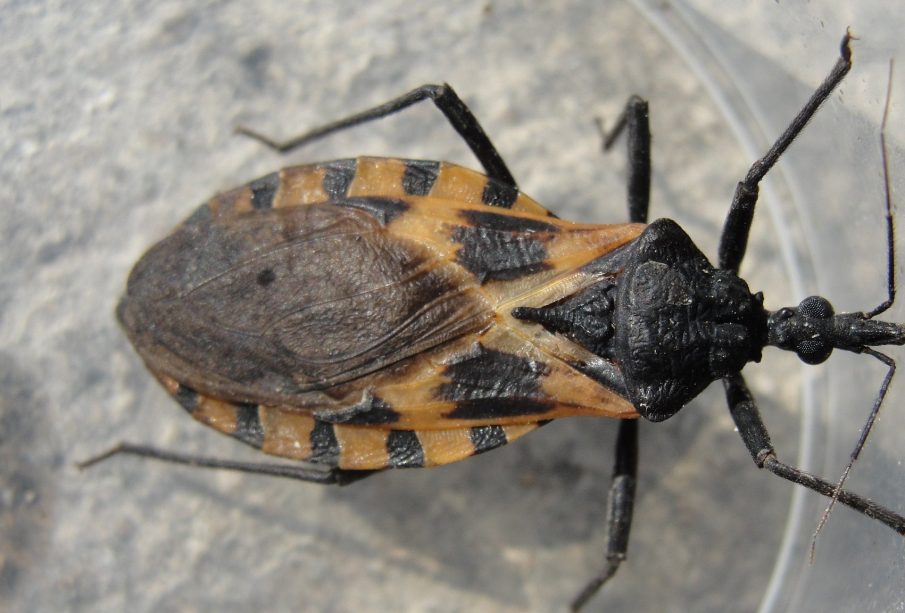Understanding Kissing Bug Disease: Impacts and Prevention

Introduction to Kissing Bug Disease
Kissing bug disease, also known as Chagas disease, is an infectious disease caused by the parasite Trypanosoma cruzi, transmitted primarily through the bite of the triatomine bug, commonly referred to as the kissing bug. This disease is a growing concern in many regions of the Americas, with a significant impact on public health, especially in rural areas. As urbanization continues to increase, the spreading of this disease presents a rising challenge for health authorities worldwide.
Facts and Statistics
According to the Centers for Disease Control and Prevention (CDC), an estimated 300,000 people in the United States are living with Chagas disease, many of whom are unaware of their infection. The disease is endemic to Latin America, particularly in countries like Brazil, Bolivia, and Argentina. The World Health Organization (WHO) estimates that around 6 to 7 million people are infected globally. Kissing bugs tend to thrive in rural areas with poor housing and sanitation, increasing the risk of transmission. Moreover, the disease can also be passed through blood transfusions, organ transplants, or from mother to child during pregnancy.
Symptoms and Diagnosis
The symptoms of Chagas disease can be categorized into acute and chronic phases. During the acute phase, symptoms may include fever, fatigue, body aches, and swelling at the site of the bug bite. Often, initial symptoms can be mild and may go unnoticed. If untreated, the disease can progress to the chronic phase, potentially leading to severe complications such as heart disease and gastrointestinal issues. Diagnosis typically involves blood tests to detect the presence of the parasite or the antibodies targeting it.
Preventive Measures
Preventing kissing bug disease involves several strategies. Eliminating suitable habitats for kissing bugs is crucial. This includes sealing cracks in homes, installing screens on doors and windows, and ensuring proper sanitation in living areas. Community awareness and education can also play a significant role in minimizing exposure to these bugs. Health organizations are encouraging regular check-ups for those living in endemic regions to catch potential infections early, which can be treated effectively.
Conclusion: The Path Forward
As the incidence of kissing bug disease continues to rise, it is essential for individuals and communities to be informed and proactive about prevention techniques. Public health initiatives are necessary to reduce the spread and mitigate the impacts of the disease. Increased awareness campaigns, better housing conditions, and medical interventions can play vital roles in combating this growing threat. Regular health screenings and education will be key to curbing the effects of Chagas disease, ensuring healthier outcomes for affected populations.








